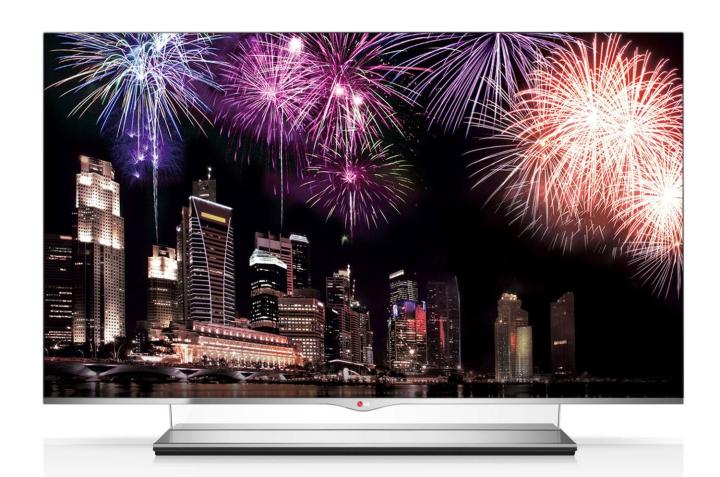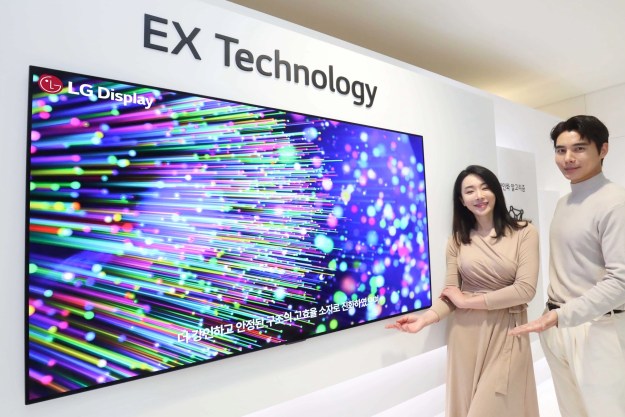
The future for OLED televisions just got a whole lot brighter thanks to a new creation by a company called Kateeva. The company has developed an inkjet printer called the Yieldjet, which uses a revolutionary method to produce OLED screens that is much more cost effective, potentially making the most brilliant screens in the industry cheap enough to go into mass production.
Kateeva unveiled its new device yesterday, which is essentially an inkjet printer that lays OLED particles on glass or plastic screens. The device uses three new innovations to create its displays that Kateeva says will allow it to create longer lasting OLED screens at high yield rates.
The first key to the Yieldjet’s design as outlined by Kateeva is a pure nitrogen processing chamber that encapsulates the printer, designed to extend the life of the screens up to double the current standard. Reliability of OLED screens over longer periods is a problem that has plagued the technology since its inception, and one of the many reasons we’ve been seeing OLED on showroom floors and not in living rooms.
The printer also has the ability to lower particle contamination, reducing rogue particles by as much as 10x the current model, according to Kateeva. The company says it learned from semiconductor manufacturers, which employ cleanrooms to create a sterile environment when working with semiconductors and nanotechnology. The practice has resulted in what Kateeva calls “the most aggressive particle performance ever demonstrated by the print industry.”
The final ingredient to the Yieldjet’s secret sauce is advanced techniques in uniformity, which is accomplished through a processing window that is 5x wider than the current standard. Kateeva says the larger processing window allows its new tool to more easily adapt to the mass production environment.
Samsung and LG have been duking it out in the OLED arena for years, but while the technology has been the talk of electronics shows thanks to its dazzling color contrast and rich, deep space black levels, reliability and cost issues have kept OLED TV’s too expensive for the masses.
The potential for low-cost, mass production OLED displays could have far reaching affects across the technology industry. From the TV on your wall, to the phone in your pocket, OLED could literally change the way you see the world. Kateeva’s new announcement of the Yieldjet may just be the catalyst we’ve all been waiting for to push OLED out from behind the curtain and into the spotlight. And that makes those of us lucky enough to have seen what this remarkable technology can do very excited.
Editors' Recommendations
- Samsung’s new QD-OLED panels get Pantone’s stamp of approval for color accuracy
- Sony’s A75L is its most affordable 4K OLED TV so far
- LG’s 2022 OLED televisions start shipping this spring
- Samsung Display’s QD-OLED TV first look: Best. Picture. Ever.
- Samsung sneaks a QD-OLED TV into CES 2022


